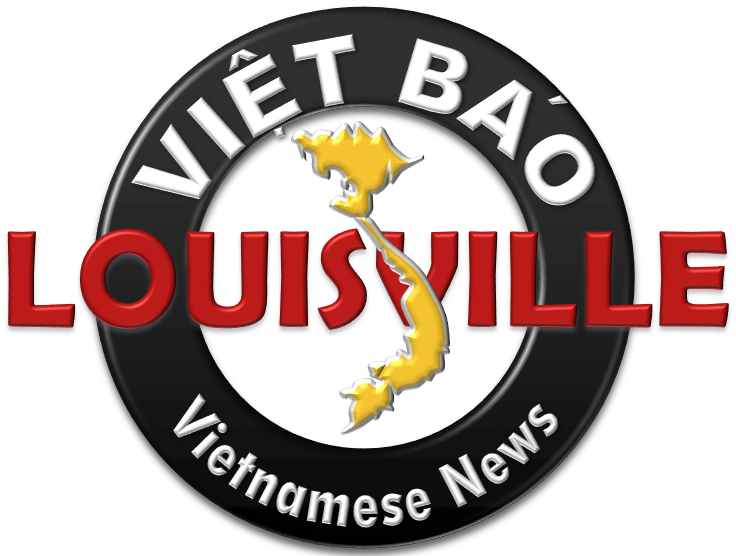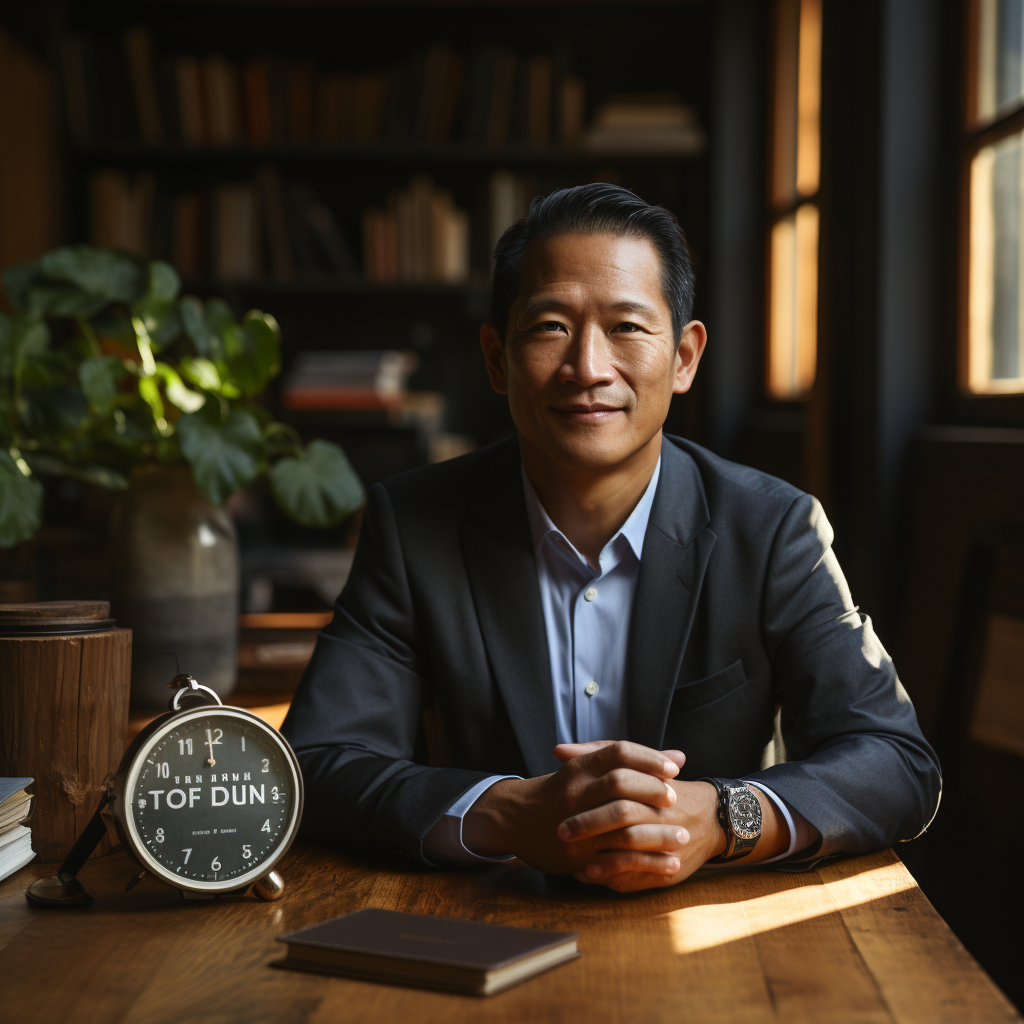A foundational text in personal development and leadership. It delves into the habits that can help individuals become more effective in their personal and professional lives
- Be Proactive:
- Concept: Control your actions and behaviors. Take responsibility for your responses to different situations.
- Implementation: Understand the difference between your Circle of Concern (things you can’t control) and your Circle of Influence (things you can control). Act more on the latter.
- Begin with the End in Mind:
- Concept: Visualize your desired outcomes and set personal and professional goals.
- Implementation: Write a personal mission statement. This serves as a guiding star for all decisions and actions.
- Put First Things First:
- Concept: Prioritize tasks based on importance, not urgency.
- Implementation: Use a time management matrix to categorize tasks. Focus on Quadrant II tasks, which are important but not urgent, to prevent crises and ensure progress.
- Think Win-Win:
- Concept: Adopt a mindset of seeking mutually beneficial solutions.
- Implementation: In interpersonal interactions, look for agreements and solutions where both parties can benefit, rather than thinking in terms of competition.
- Seek First to Understand, Then to Be Understood:
- Concept: Listen with empathy and without forming a response while the other person is speaking.
- Implementation: Practice empathetic listening, where the goal is to genuinely understand the other person’s perspective without interjecting your own judgments or solutions.
- Synergize:
- Concept: Collaborative efforts often yield better results than individual ones.
- Implementation: Recognize and value differences in others’ perspectives and strengths. Look for opportunities to collaborate and create solutions that are better than what anyone could have achieved alone.
- Sharpen the Saw:
- Concept: Regularly renew and improve yourself to maintain and increase effectiveness.
- Implementation: This habit emphasizes a balanced program for self-renewal in the four areas of your life: physical, social/emotional, mental, and spiritual. For instance, exercise for physical well-being, read for mental well-being, build relationships for social/emotional well-being, and meditate or pray for spiritual well-being.
Throughout the book, Covey integrates these habits into a cohesive framework. He begins with the idea of moving from dependence to independence, which is captured in habits 1-3, and then progresses to interdependence, encompassed in habits 4-6. Habit 7 is about renewal and is essential for maintaining all the other habits.
Furthermore, Covey touches upon the difference between the “Character Ethic” (focusing on character and principles) and the “Personality Ethic” (focusing on surface-level behaviors). He argues that a true, lasting effectiveness arises from the Character Ethic, which the 7 habits are deeply rooted in.
In essence, “The 7 Habits of Highly Effective People” is more than just a self-help book. It provides a holistic approach to personal and interpersonal effectiveness, emphasizing the need to work on oneself continuously and to cultivate relationships based on trust and mutual respect.










